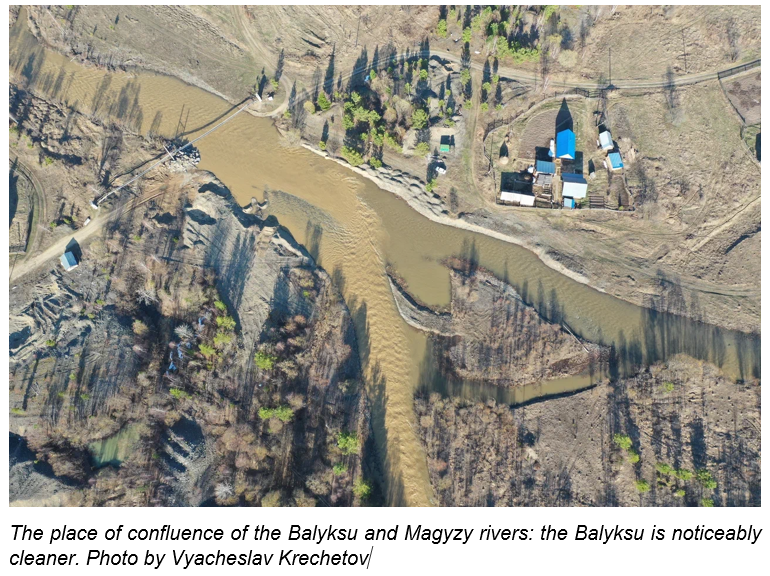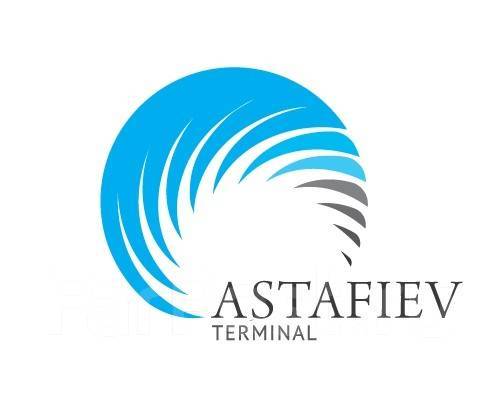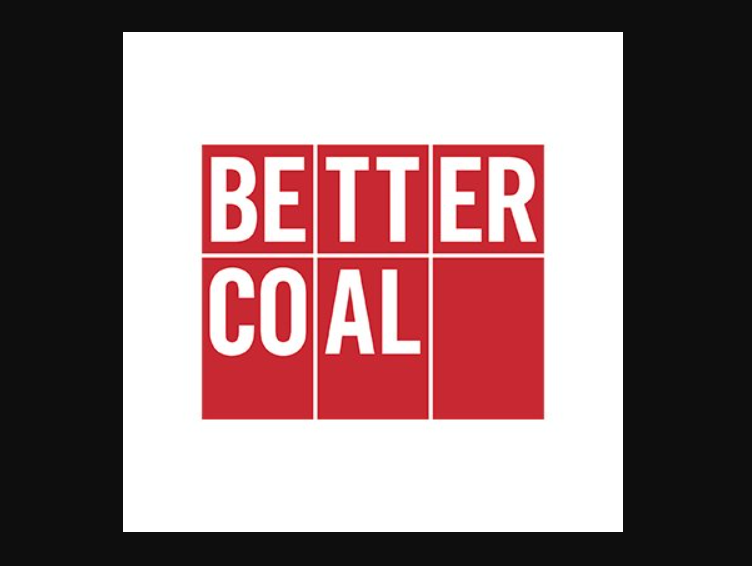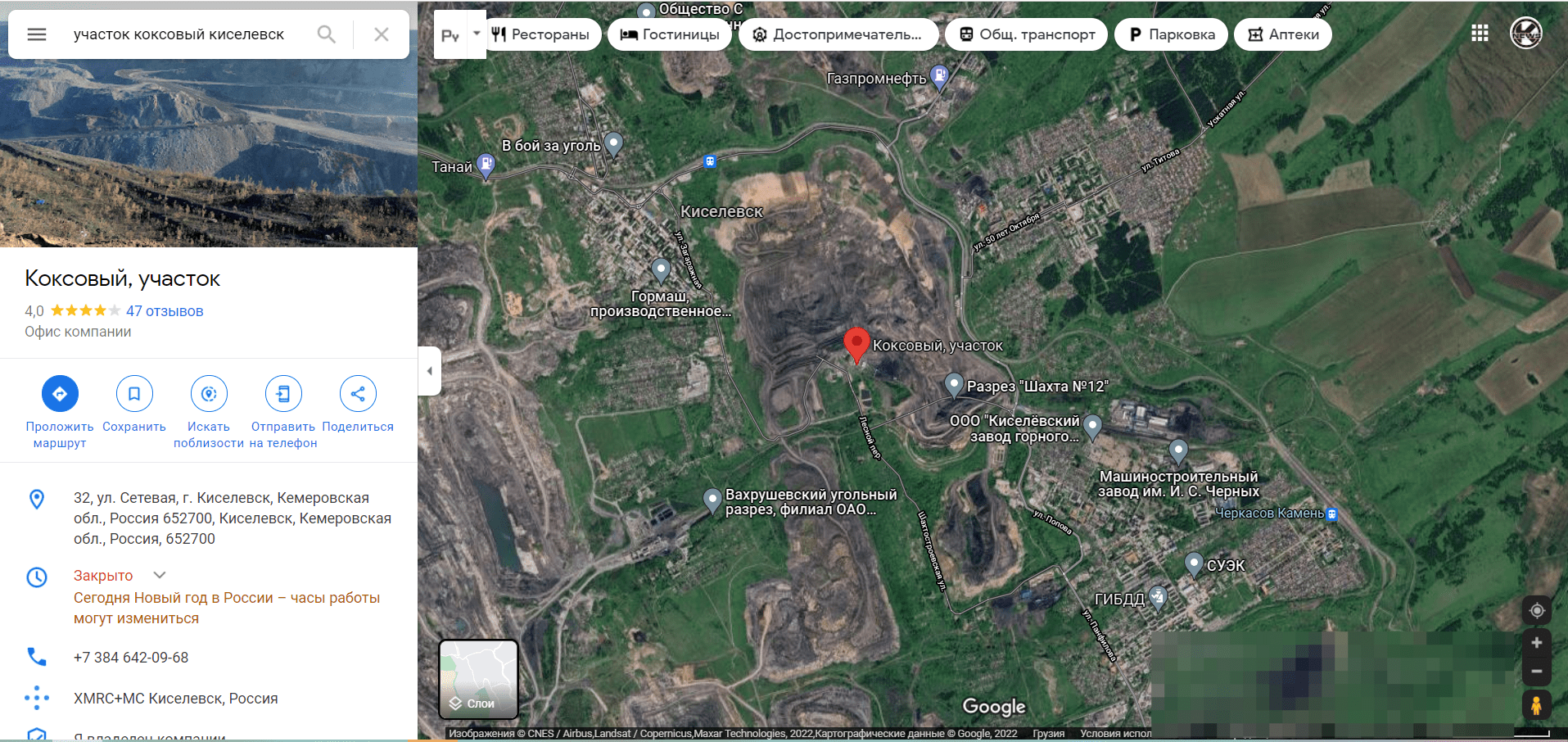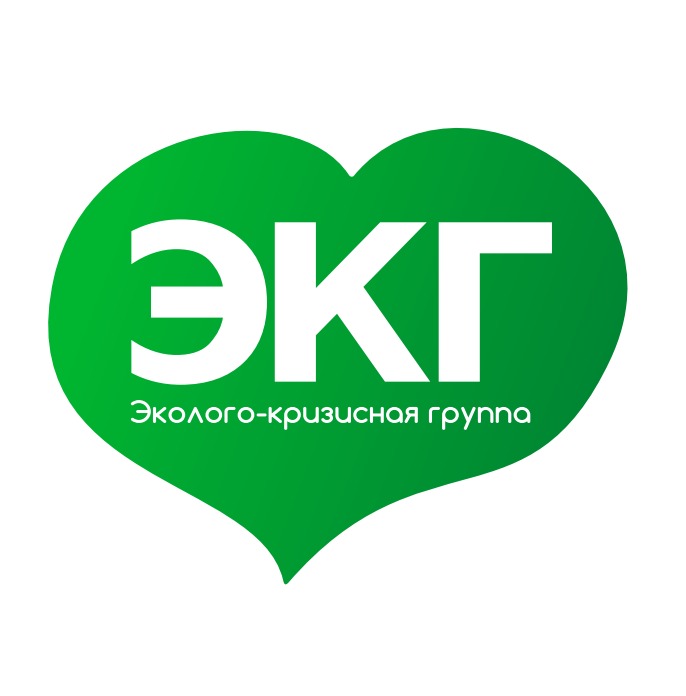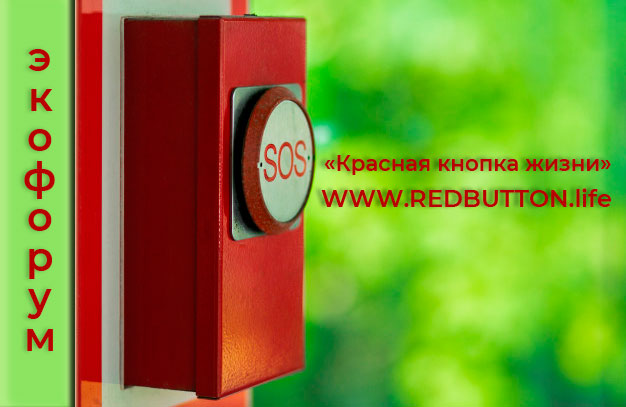Why do sanctions have no visible effect on the Putin regime? Can the Western, and in fact, already global sanctions put an end to the dictatorship in the Russian Federation? No, known precedents show that such an effect is unattainable. The dictatorships in Cuba, Iran and North Korea have existed for decades under a strict embargo, and they seem to be doing just fine. One should bear in mind that dictatorial regimes are generally much more stable politically than democratic regimes, which are prone to turbulence caused by economic problems, corruption scandals or fluctuations in public opinion.
A recent study says there are 279 licensed gold mining sites in seven regions of Russia that pose a threat to the environment and the local residents: 32 of the sites are in the Republic of Khakassia. Public organization Harmony with Nature (Republic of Altay, Russia) has conducted the study together with the WWF “People for Nature” project. In this article, we will show how the Prospectors of Khakassia Company is destroying the unique nature of the region.
The Kuznetsky Yuzhny open-pit mine is very close to Myski town, Bezrukovo and Cheremza villages in Kemerovo Oblast (a.k.a. Kuzbass), Siberia. Mining operations began in June 2020. The coal reserves are more than 240 million tons of coal. The designed production capacity is five million tons. 1.6 and 3.0 million tons are to be extracted in 2021 and 2022, respectively. The mined coal of the “T” (lean) and “TS” (lean sintering) grades is used in the energy sector. All the coal mined at the deposit is to be exported.
CAPE ASTAFYEV is the eastern cape at the entrance to the Nakhodka Bay in the Sea of Japan. Located on the Trudny Peninsula, the cape was discovered and mapped in 1859 by the Russian corvette Amerika (“America”), and named after its navigator, Yakov Astafyev. In the area of Cape Astafyev are the Astafyev neighborhood of Nakhodka city with Astafyev Street, the Cape Astafyev terminal railroad station, and the terminals of the commercial port, including the Astafyev Terminal.
While Europe is making plans to phase out coal by 2050 or even by 2030, major mine accidents take place in Kemerovo Oblast (a.k.a. Kuzbass). People living around open-pit mines are at even greater risk due to long-term exposure to adverse environmental conditions. The mortality rate in the coal mining regions is traditionally higher than the national average, and “occupational” diseases, such as tuberculosis and cancer, affect not only the miners. According to a study by Kuzbass doctors, published in the Russian Hygiene and Sanitation Journal, far more children with birth defects are born in the coal cities of Novokuznetsk, Prokopyevsk, and Kiselyovsk than in the relatively clean town of Tashtagol or, on average, in Russia.
The Kolmar Group has licenses for the development of the Chulmakansky and Denisovsky coal deposits in Yakutia (officially referred to as the Republic of Sakha), Russia. The balance reserves of the sites licensed to develop by the Kolmar Group exceed 1.1 billion tons of coal. According to the Russian classification, they are A+B+C1 mineral reserves. (Note. Like in the USSR, mineral reserves in the Russian Federation fall into four categories—A, B, C1, and C2, which roughly correspond to the proved/measured, probable/indicated, and possible/inferred categories in other countries. End Note.) Production volume in 2012 was two million tons of coking coal. In 2020, the company mined 12 million tons of coking coal and announced plans to reach in 2022 a production level of 22 million tons of the “K” and “KZh” grades of coking coal. INN 7701924275.
The Koksovy coal mine (tax number 4211014419) owns and operates at the open-pit mine, located on the site of the former “Vakhrushev Mine.” The mine was put into operation on January 8, 1941, and was originally called “Kapitalnaya 1” to be renamed six years later after Vasily Vakhrushev, then People’s Commissar of the Coal Industry of the USSR. (Note: The official name is “Uchastok Koksovy” (uchastok means “site,” and koksovy means “(pertaining to) coke, coking coal.” End Note.)
KUZBASSRAZREZUGOL COAL COMPANY (tax number 4205049090) is Russia’s second largest producer of steam and coking coal and one of the world’s largest producers and exporters of coal. The company runs 11 open-pit mines and one underground mine. In 2020, the company produced 43.2 million tons, nearly 11 percent of the country’s total coal production of 402.1 million. 2008 saw a record production of 50 million tons. The decrease in coal production is due to a planned increase in strip mining. (Note: The name of the Kuzbassrazrezugol company, or KuzbassRazrezUgol, or KRU, stands for Kuzbass, the moniker of Kemerovo Oblast in Siberia; Razrez, an open-pit mine; and Ugol, coal. End Note.) INN - 4205049090.
News
Kuzbass Vice Governor Vyacheslav Telegin (Kamyshnikov): an official bearing gifts to coal miners

Anastasiya Gorelkina (Tanasyuk). TIN 421270348813

Russian Duma Deputy Anton Gorelkin
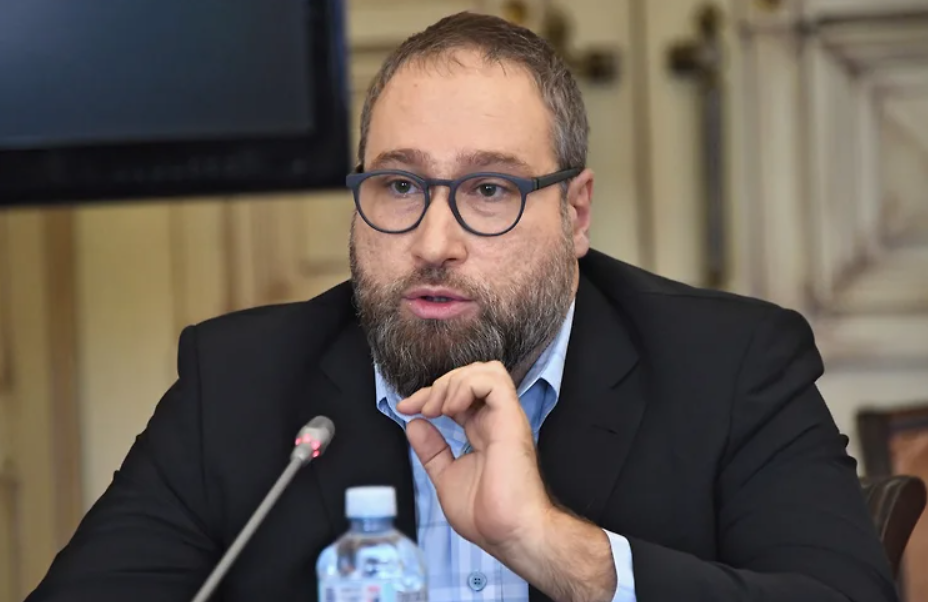
Surgutneftegaz: Why Russia and Putin are not afraid of sanctions

RASHID ISMAILOV: “POCKET” ENVIRONMENTALIST ON GUARD FOR BIG INDUSTRY INTERESTS




